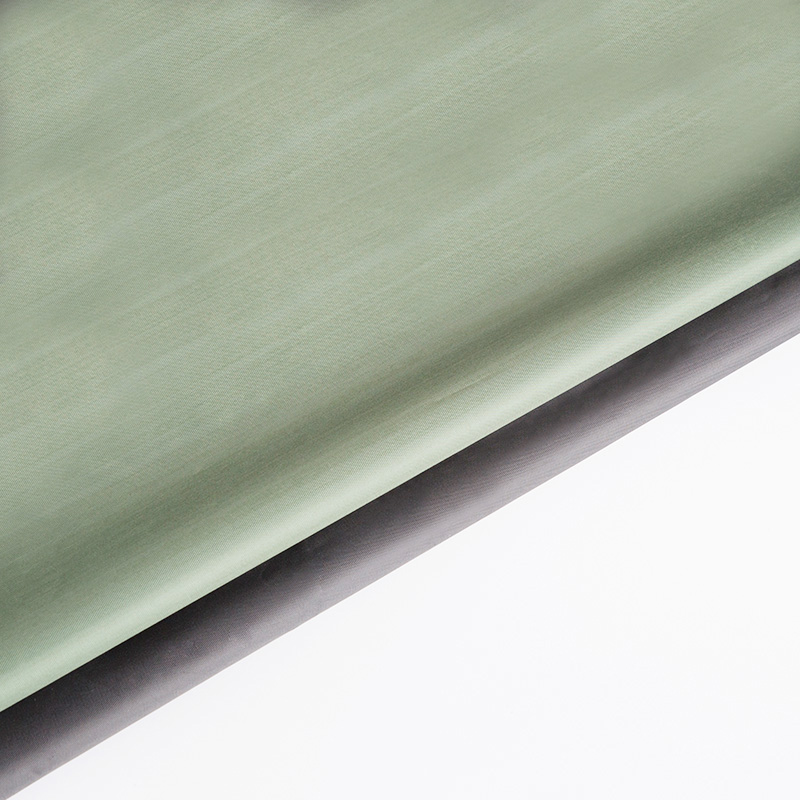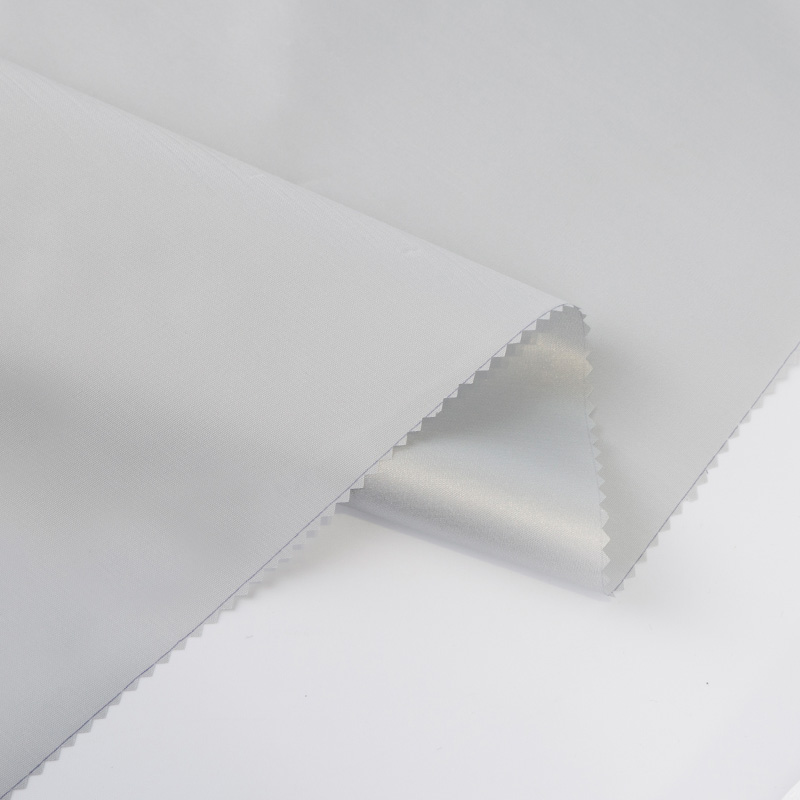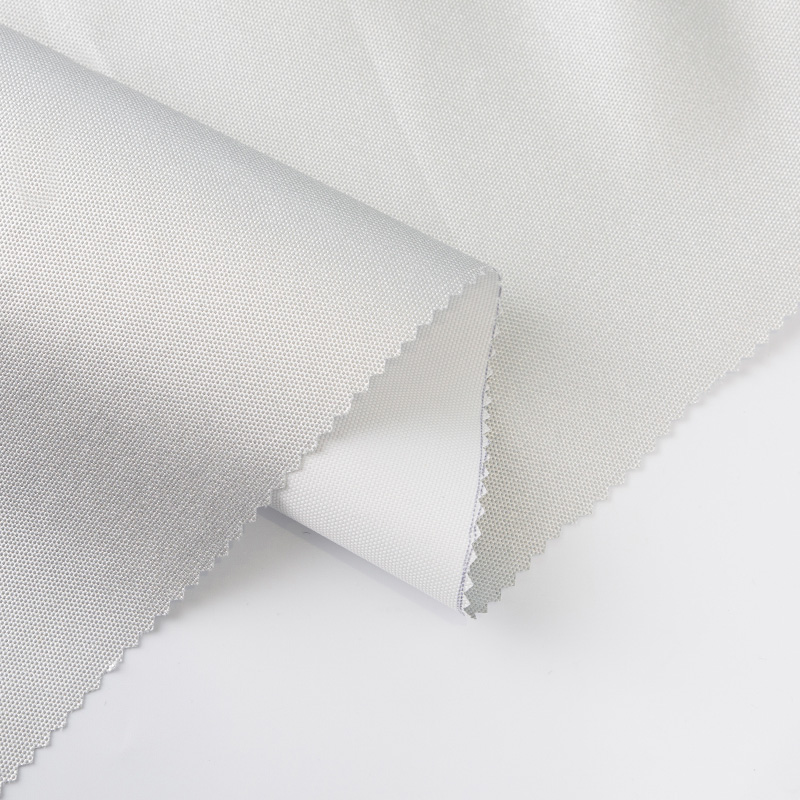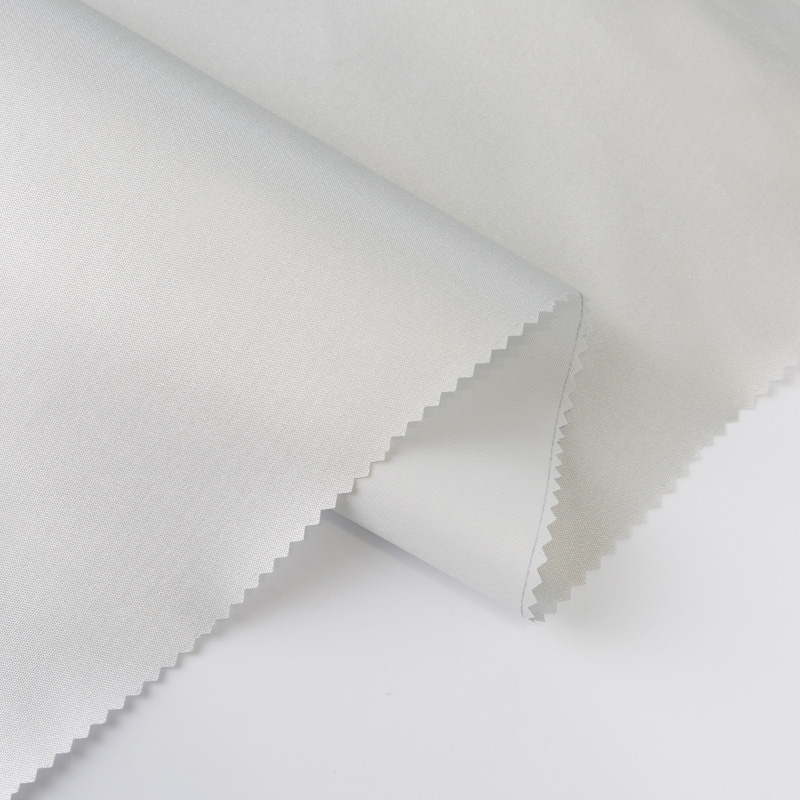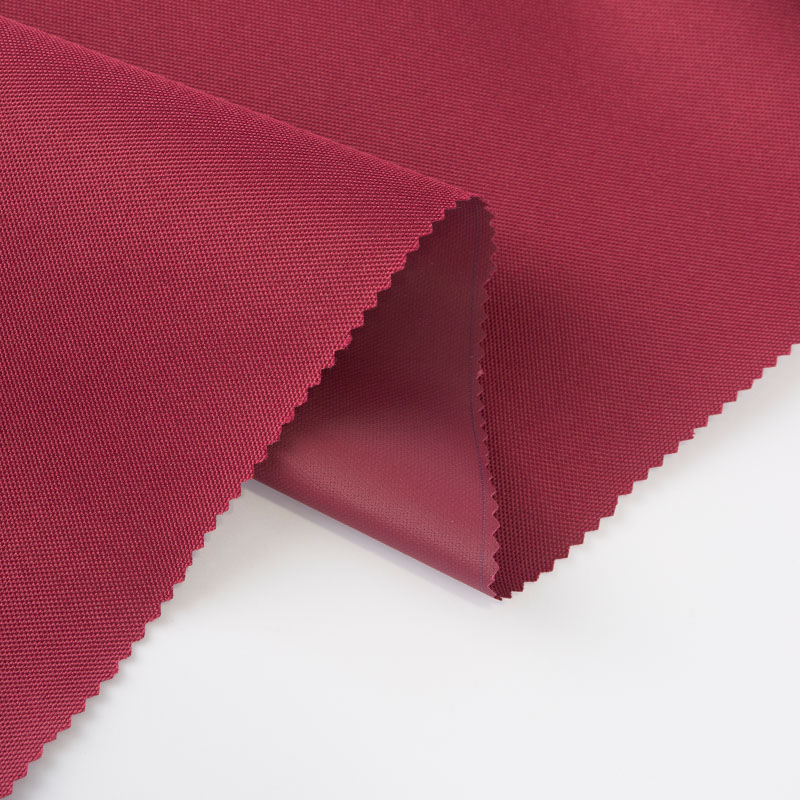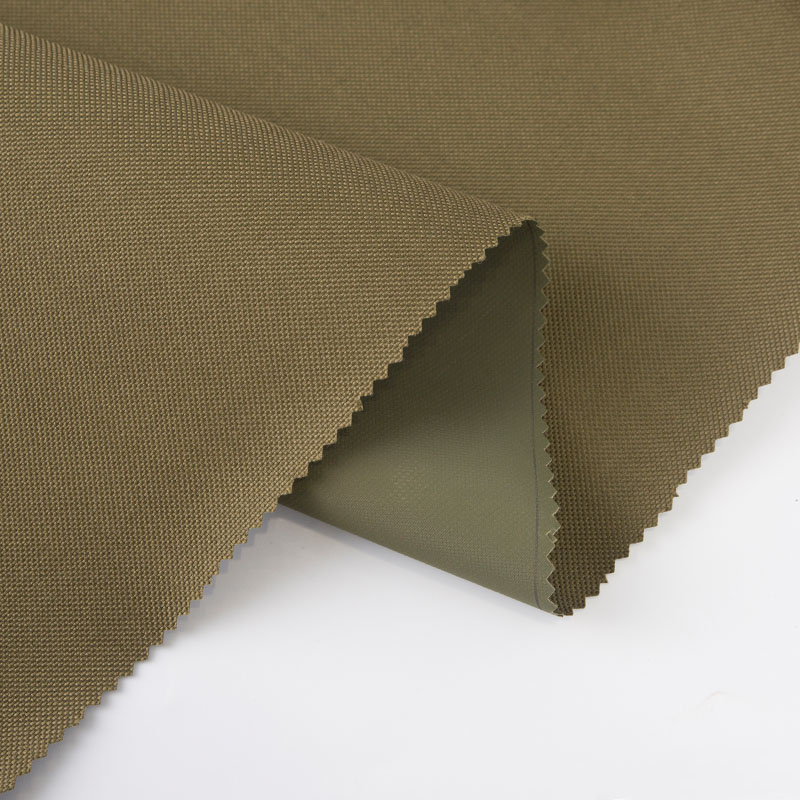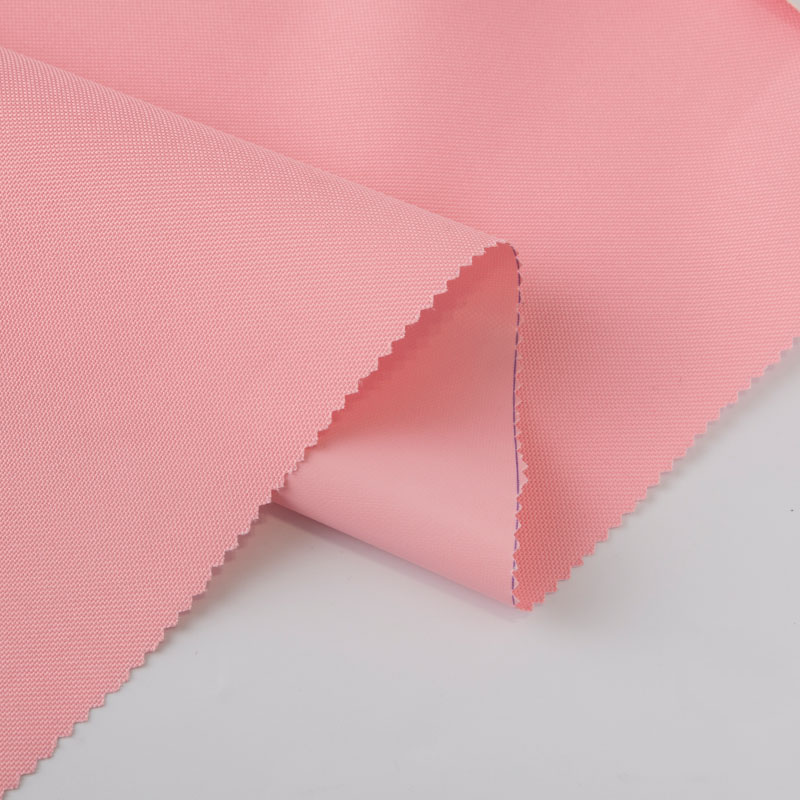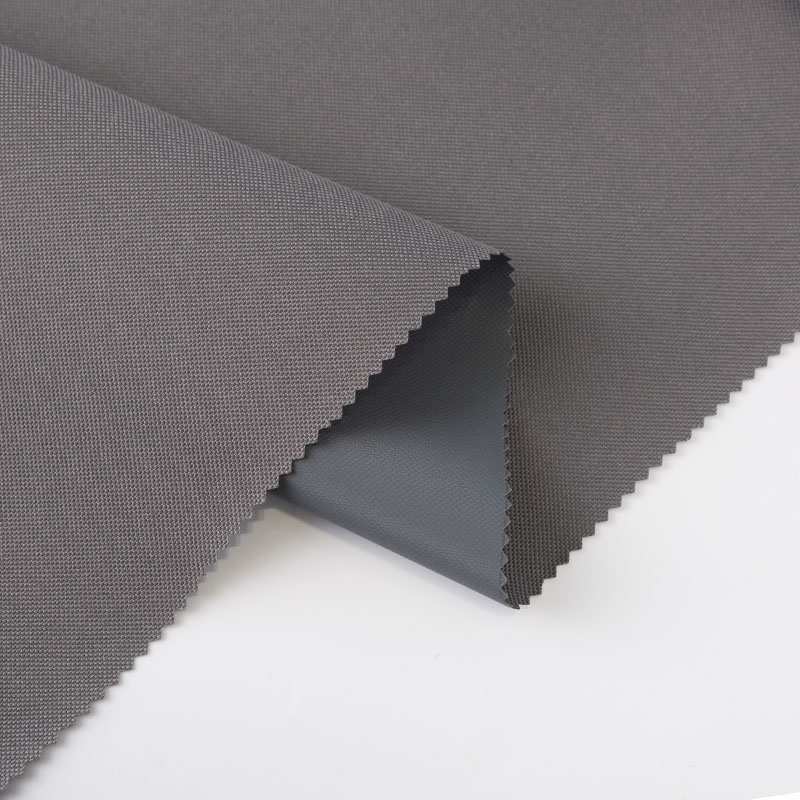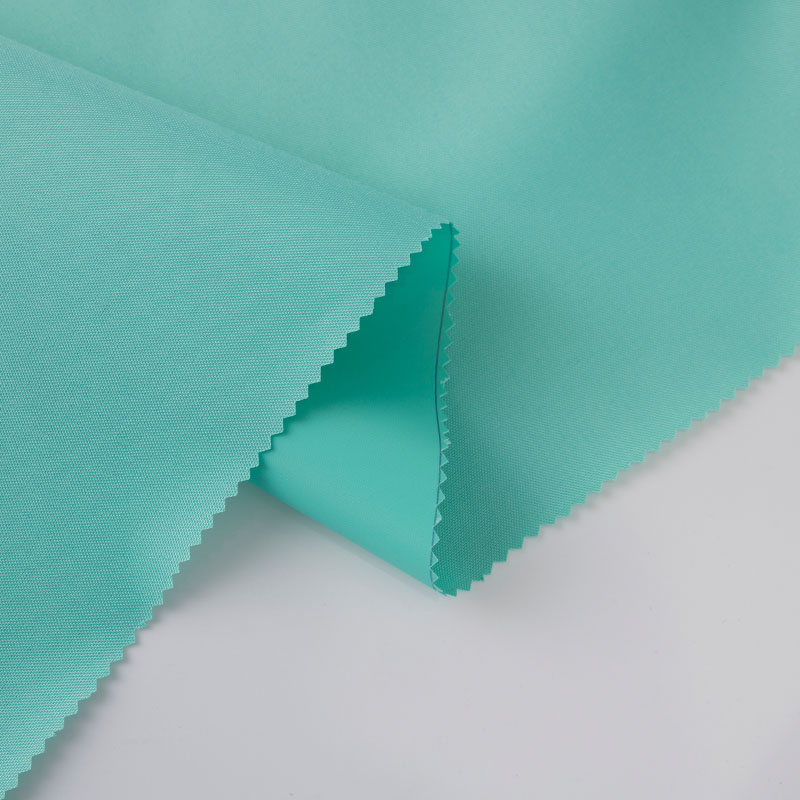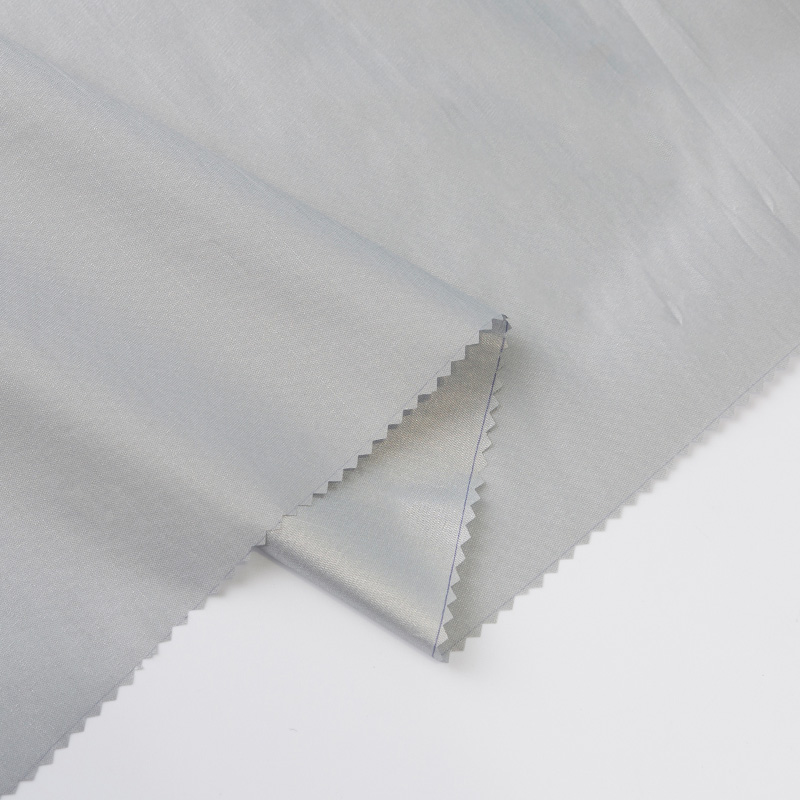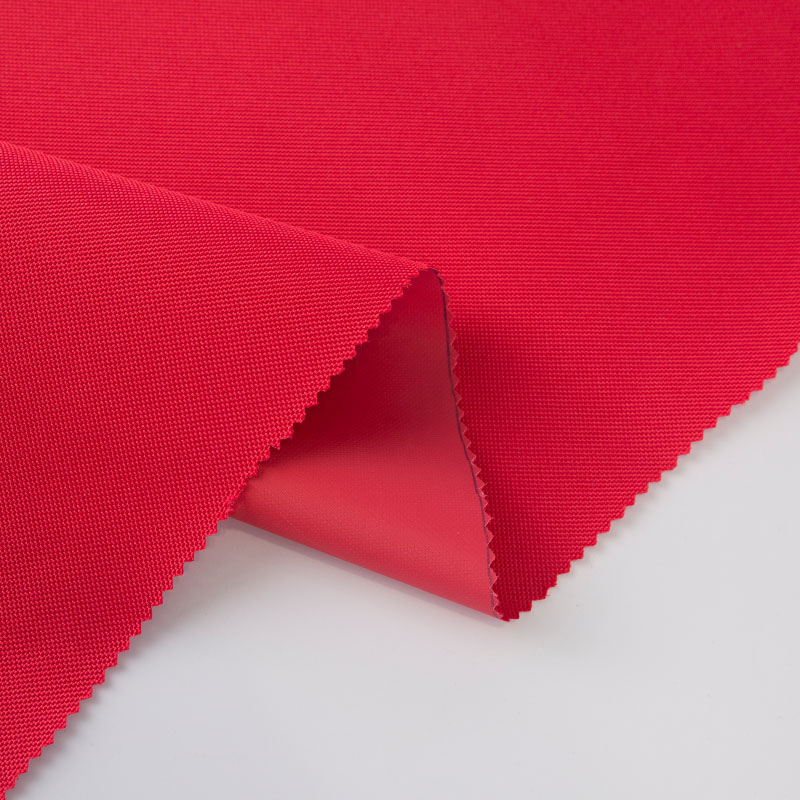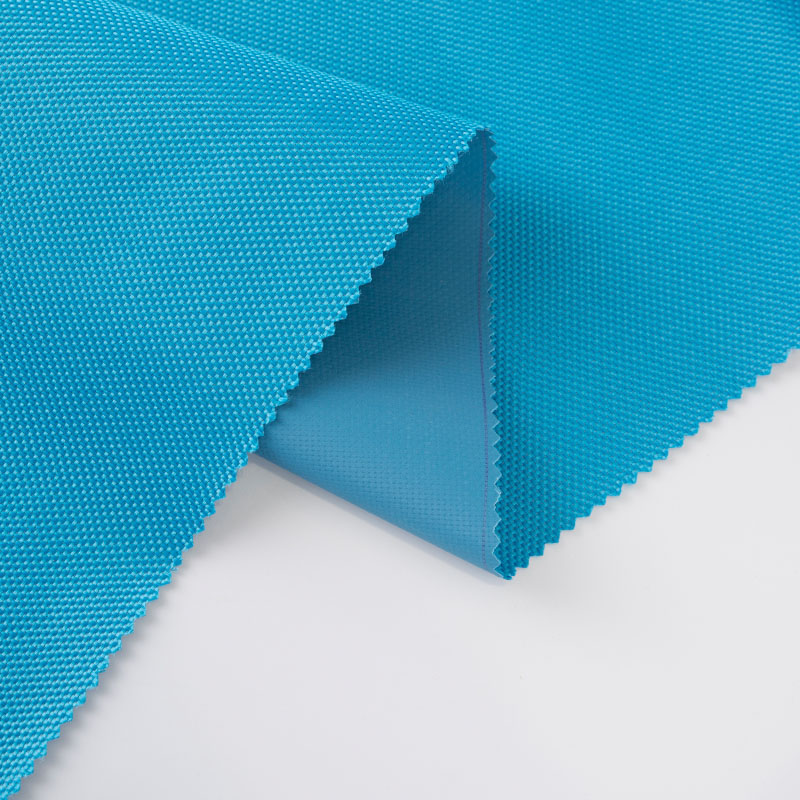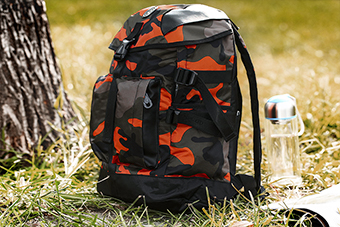We are a national high-tech enterprise. At present, there are many kinds of self-woven and cooperatively processed fabrics, including microfiber warp-knitted towel cloth, weft-knitted towel cloth, coral fleece, etc.
Raincoat Fabric generally consists of several different layers. The outer layer is called "fabric". This is the part that gives color, style, and beauty to clothing. This layer is usually not made of waterproof material but is usually treated with a durable water repellent to enhance the protection of the outerwear.
Underneath the "fabric" is where the real magic happens. Here you'll find coated or laminated films designed to keep water out while allowing your skin to breathe. This works because the membrane is dotted with tiny holes. The holes are small enough to prevent liquid water (rain) from passing through but large enough to allow liquid vapor (sweat) to escape.
Under the waterproof layer, you will usually find an inner lining. While this element isn't essential for waterproofing, it does help make garments more comfortable to wear, often providing insulation for colder conditions or simply acting as a barrier against chafing.
Some of the most common materials used today for waterproof fabrics are rubber, polyvinyl chloride (PVC), polyurethane (PU), silicone elastomers, fluoropolymers, and waxes. However, almost everyone has heard of Gore-Tex, a proprietary blend of expanded PTFE (ePTFE). In fact, many of today's most popular waterproof garments will be made from this material, developed in 1969.
What is the most breathable waterproof fabric?
Breathability is important if you're wearing waterproof gear outdoors for active tasks. If your jacket, bib, or coverall isn't breathable, you can quickly become hot, sweaty, and uncomfortable. This has the potential to make your workday unbearable, especially in variable weather, with frequent downpours interrupting otherwise mild or sunny conditions.
When looking for breathable waterproof clothing, be sure to choose items made from high-tech waterproof membranes. These allow sweat to evaporate from your body while preventing rain from entering.
How to Waterproof Fabrics
While professionally made waterproof fabrics provide the best weather protection, you can also waterproof fabrics yourself. The easiest way to keep the rain off your clothes is to treat them with a waterproofing spray.
Most of these sprays are designed to be used on coats, pants, and shoes made of waterproof materials. The spray acts more like hydration or an extra line of defense than a full waterproof treatment. One benefit of waterproof sprays is that they are designed to be breathable. This is a real benefit if you're going to use your new protective clothing when you're doing active work outdoors.
Or, if you want something older, or waterproof fabric from scratch, you can mix your own potion with beeswax, boiled linseed oil, and turpentine. There are various waterproof formulas available online, some use only oil and turpentine, and some use only wax and turpentine. By combining all three ingredients, you can benefit from their various protective properties.

 English
English 中文简体
中文简体